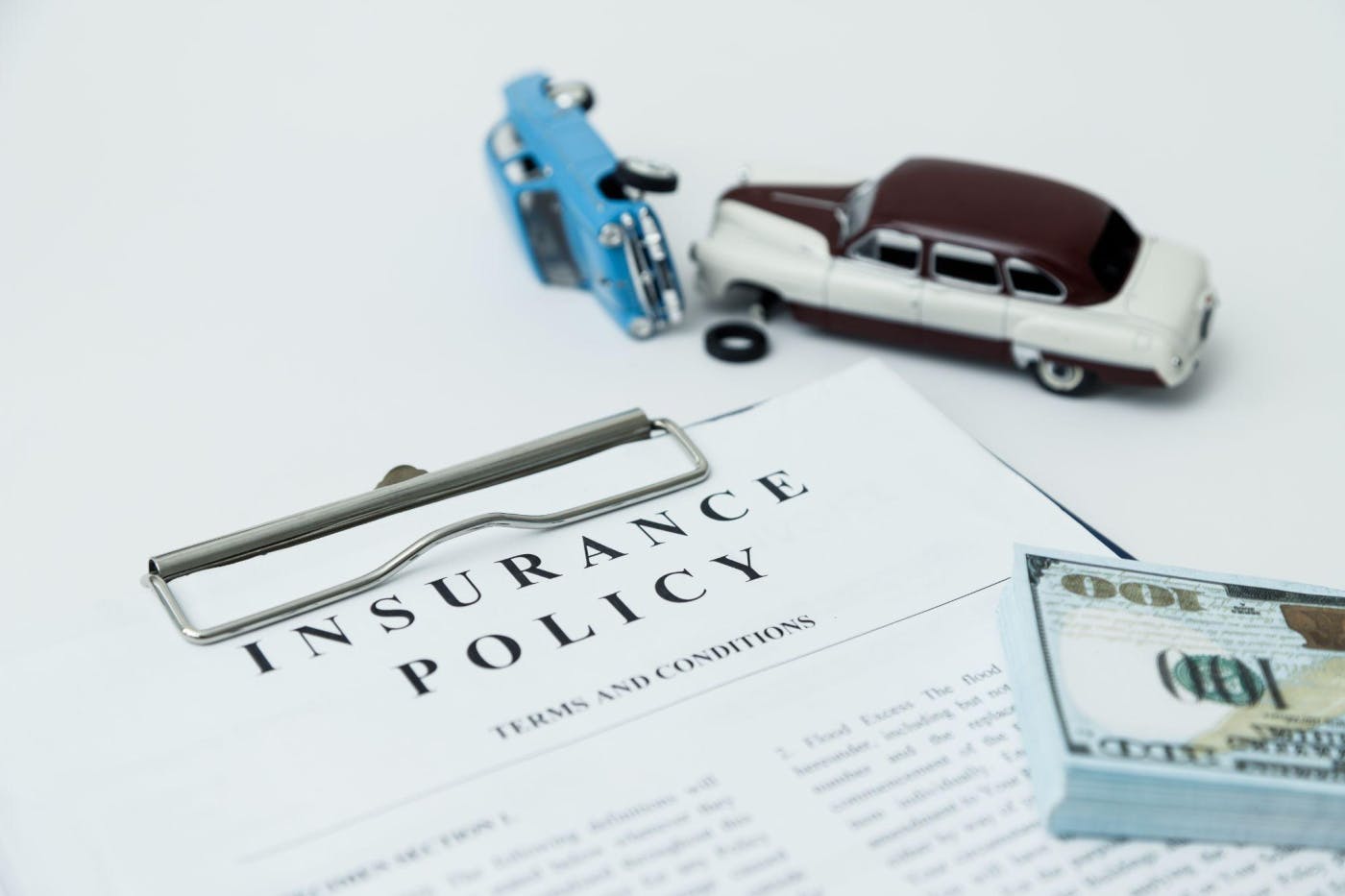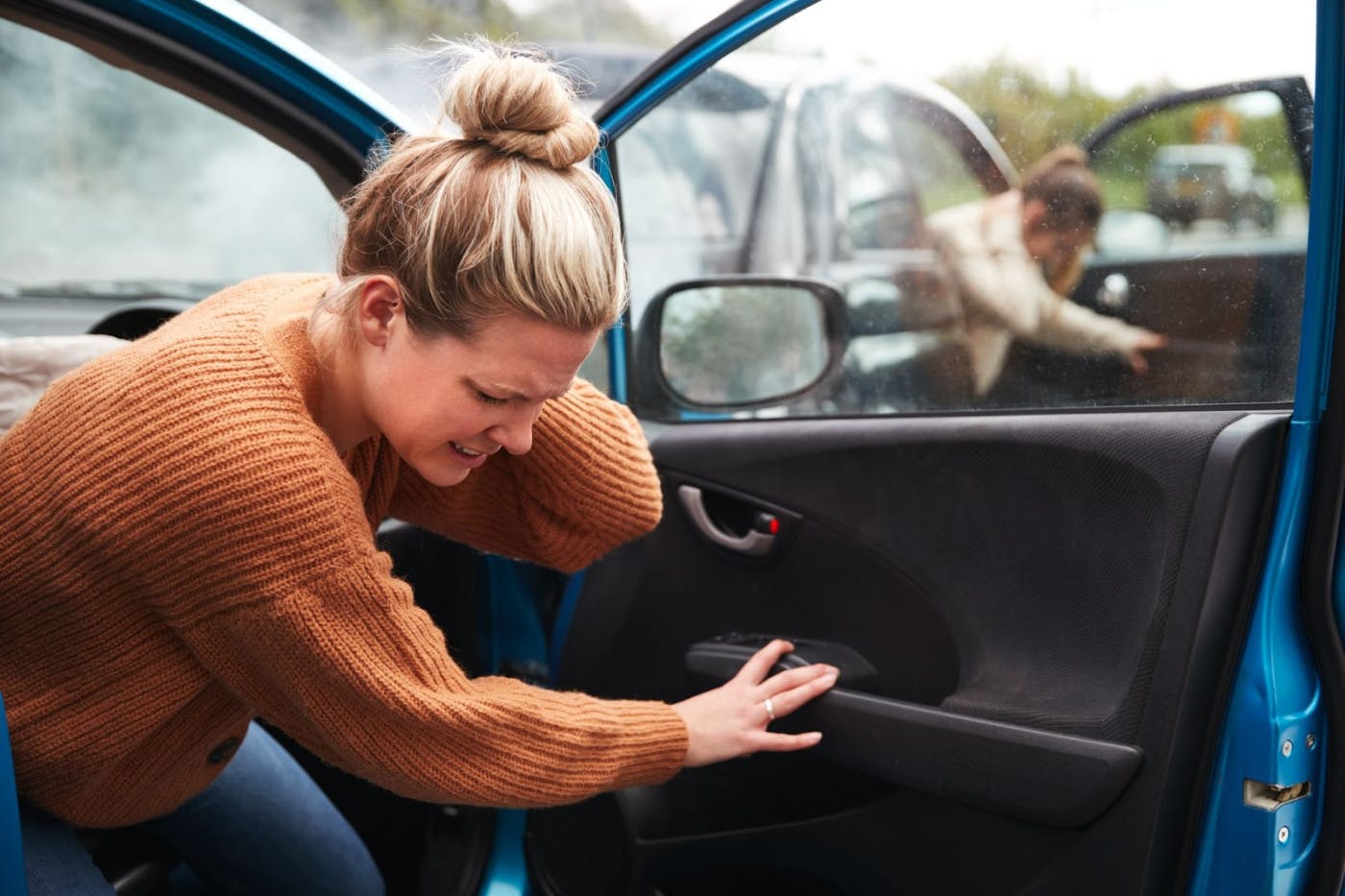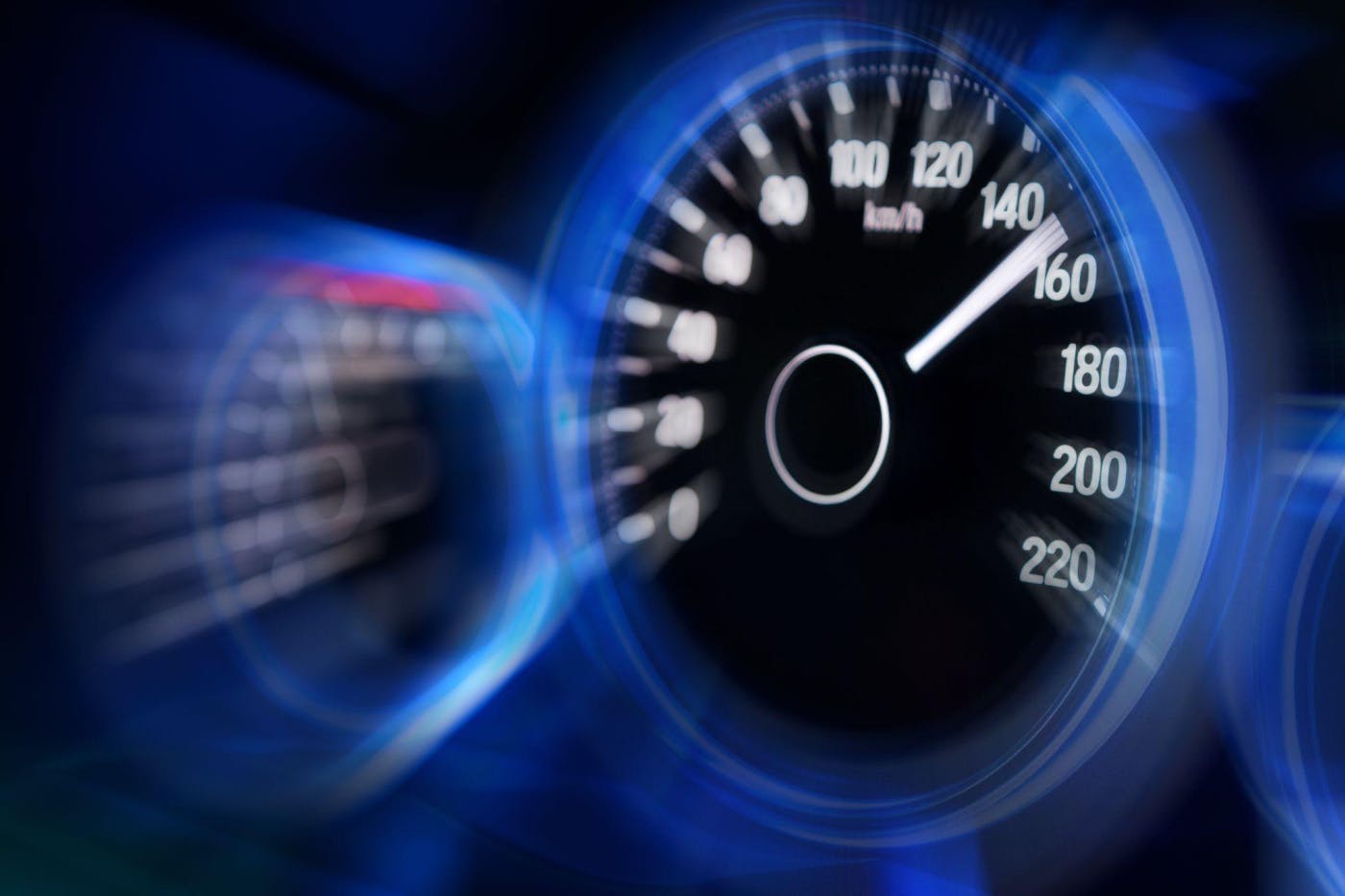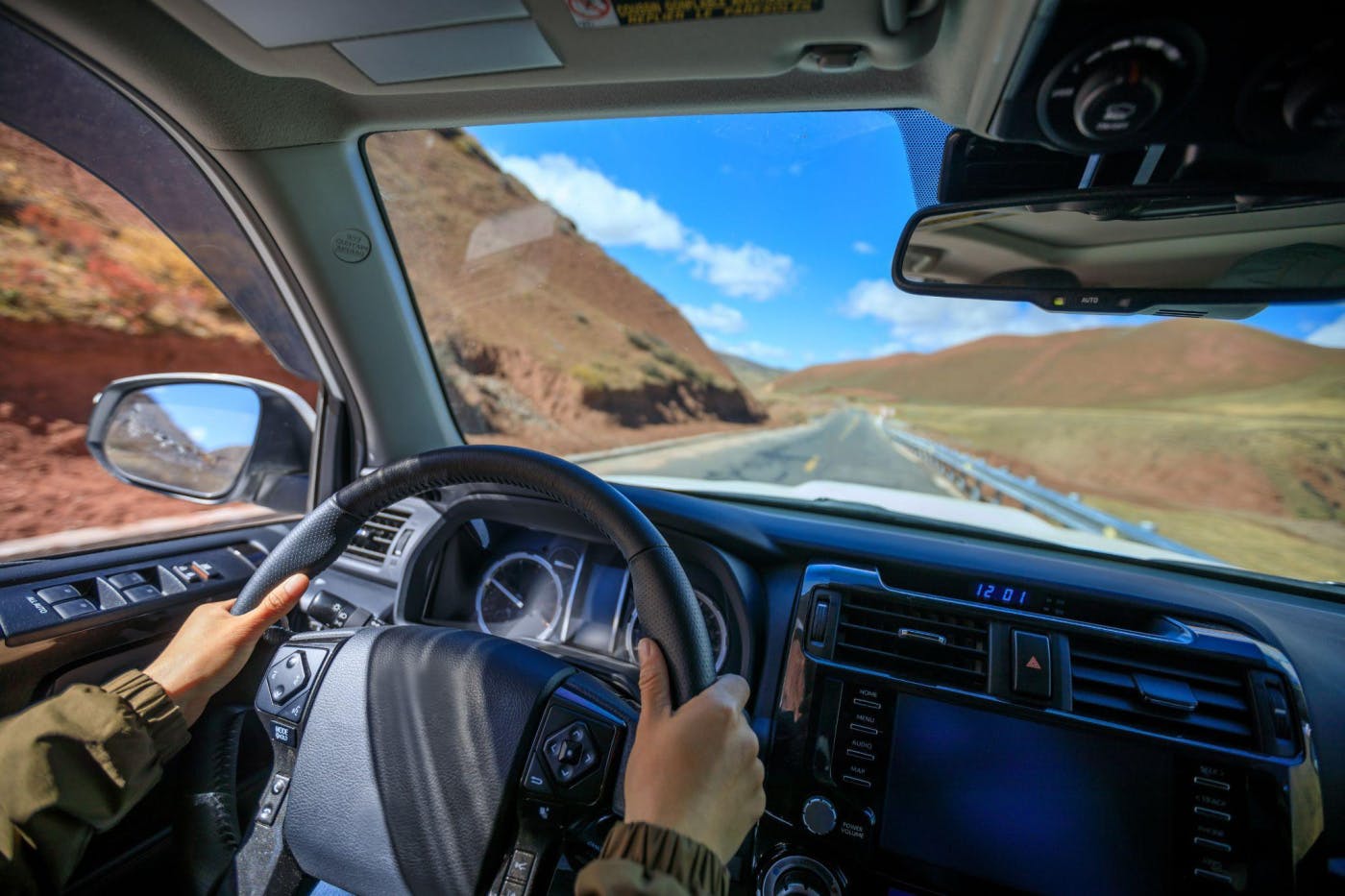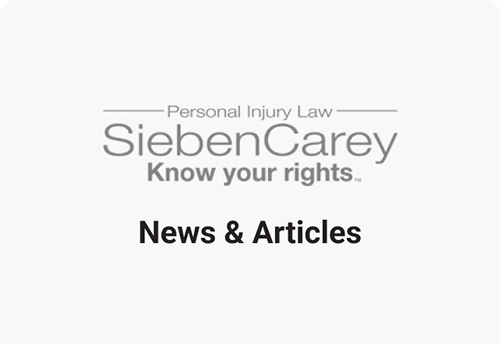Car Accident with an Uninsured Driver: Know Your Rights
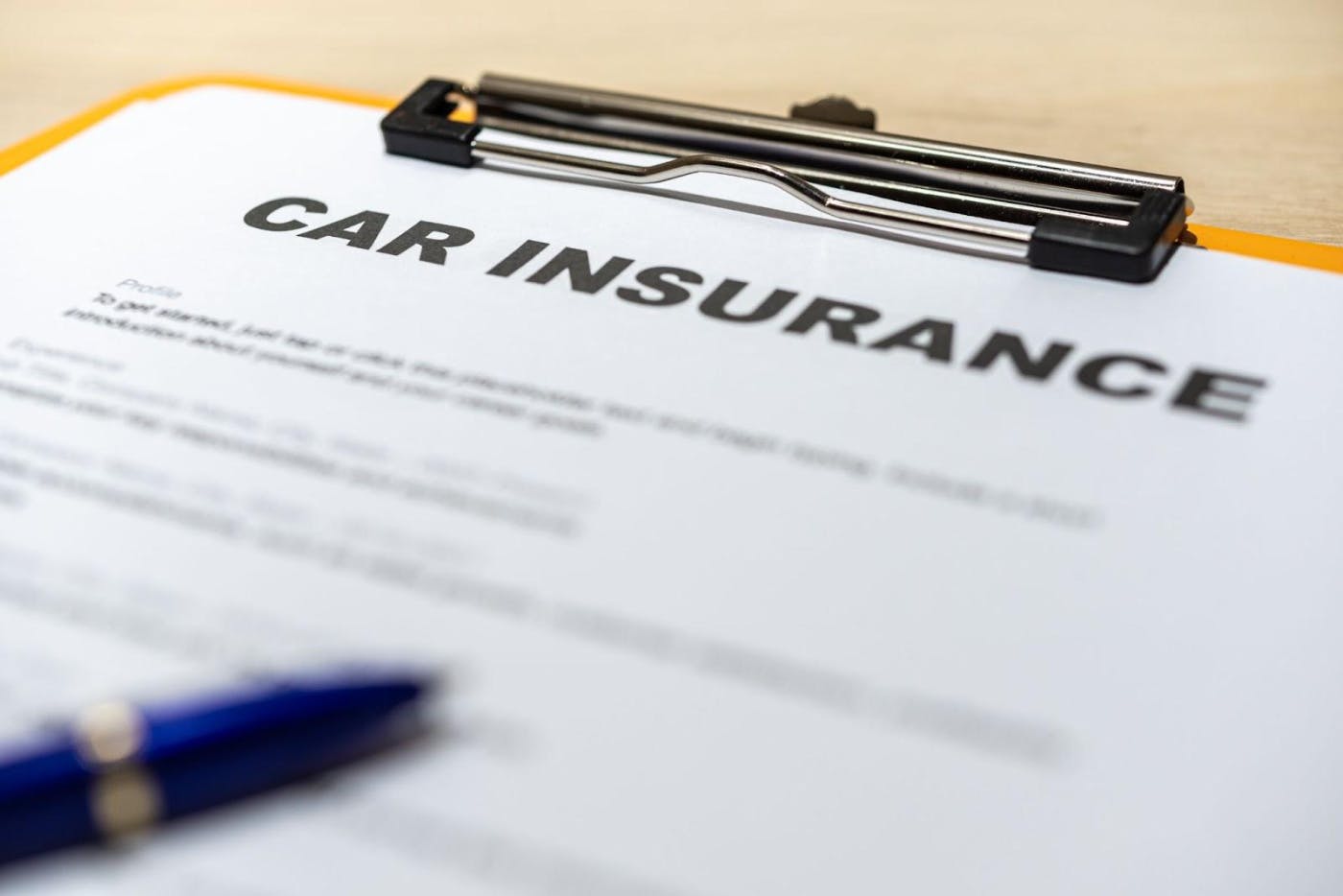
If your car accident is caused by another driver, you can request compensation from their insurance provider. But what if they’re uninsured?
You still have rights even if you’ve been involved in an accident with an uninsured driver. Here’s what you should know.
Key Takeaways
- Minnesota is a no-fault state, meaning you are entitled to certain benefits regardless of who was at fault.
- Minnesota also requires you to carry uninsured and underinsured motorist coverage. This will provide more support if you are involved in an accident with an uninsured/underinsured driver.
- You can also file a lawsuit against the negligent driver for further compensation.
Understanding Uninsured/Underinsured Drivers
An uninsured driver is someone who operates a vehicle without insurance entirely, while underinsured drivers only carry minimum levels of coverage.
Despite state laws mandating insurance coverage, many Minnesotans still drive without coverage. In 2022, 14% of American drivers were uninsured. That’s one in every seven! In Minnesota, the figure was 8.7%. That’s better than the national average, but still far too many.
Uninsured Driver Laws in Minnesota
Driving without insurance is illegal in Minnesota. Under state law, you are required to carry the following types of insurance as a minimum:
- Bodily injury liability: $30,000 per person and $60,000 per accident
- Property damage liability: $10,000
- Personal injury protection (PIP): $40,000
- Uninsured motorist coverage: $25,000 per person and $50,000 per accident
- Underinsured motorist coverage: $25,000 per person and $50,000 per accident
Failure to meet these minimums can lead to fines, a suspended license, and even jail time.
PRO TIP: While these are the minimum requirements in Minnesota, you may want to opt for further coverage. Give your auto insurance a fitness test to ensure you have the coverage you need.
Impact of Uninsured Drivers
Uninsured drivers pose a major risk to other drivers on the road. If a crash happens, the uninsured driver will likely not have the money to pay for their own damages through insurance – or the damages of any other drivers involved in the crash.
The good news is that Minnesota is a no-fault state. Provided you have the required insurance, your own personal injury protection (PIP) policy will help with your medical expenses and lost wages. However, there are limits to what PIP will cover and how much it will pay.
If you need more help than your PIP policy covers, you may need to seek further compensation from the at-fault driver. But what if they’re uninsured?
How Uninsured Motorist Coverage Can Help You
Uninsured motorist (UM) coverage is designed to protect you if you are involved in an accident with an uninsured driver. This type of coverage can help pay for damages that your PIP coverage might not fully cover. This includes:
- Medical bills: If your medical expenses exceed the limits of your PIP policy, UM coverage can help make up the difference.
- Lost wages: UM coverage can provide compensation for lost wages if you are unable to work due to your injuries.
- Pain and suffering: In some cases, UM coverage can also help compensate for pain and suffering.
This additional support can make all the difference after an accident. There’s a reason Minnesota requires all drivers to carry UM coverage!
What to Do After an Accident with an Uninsured Driver
After an accident with an uninsured driver, there are a few steps you should take to protect your health and your rights.
1. Stay Calm and Ensure Safety
First and foremost, check for injuries and ensure that everyone involved is safe. If anyone is injured, call 911 immediately to request medical help.
2. Call the Police
Report the accident to the police right away, especially if the other driver is uninsured. A police report will document the accident, which can be essential for any insurance claims or legal actions you may need to take later.
3. Gather Information
Collect as much information as possible at the scene. This includes:
- The other driver's name, contact information, and license plate number
- Names and contact information of any witnesses
- Photos of the accident scene, including damage to both vehicles, road conditions, and any visible injuries
4. Seek Medical Attention
Even if you feel fine, it’s always wise to see a doctor after an accident. Some injuries might not be immediately apparent. Medical records will also support any claims you make for injury compensation.
5. Notify Your Insurance Company
Report the accident to your insurance provider as soon as possible. Provide them with all the details and the police report number. Your insurer will guide you through the next steps and explain how your coverage, including UM policies, will apply.
6. Consult with a Personal Injury Attorney
Getting the coverage you need after an accident with an uninsured driver can be complicated. An auto accident attorney can explain your rights to you, guide you through the legal process, and help you get the compensation you deserve.
Types of Insurance to Know
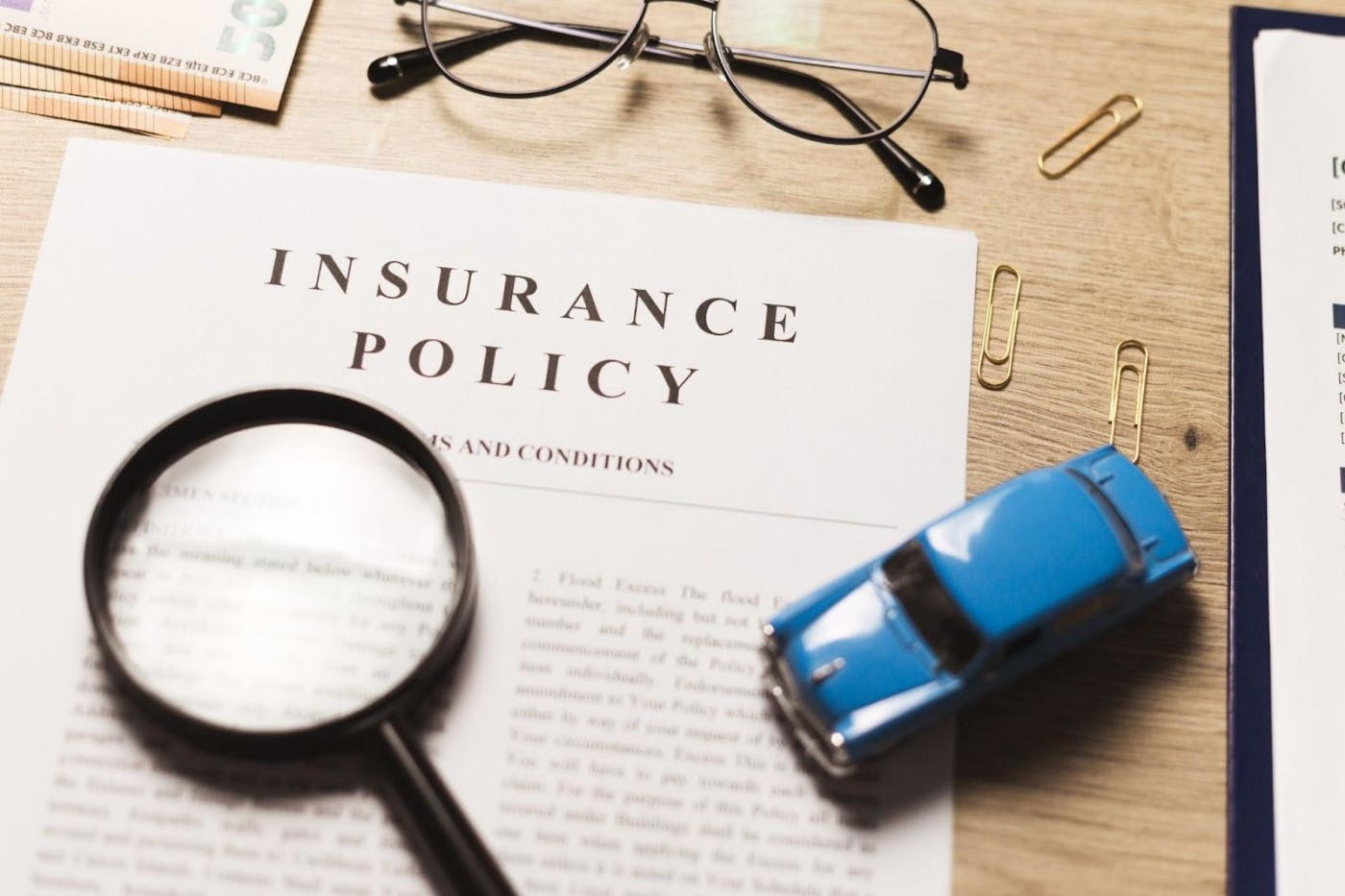
When you're in a car, truck, or motorcycle crash, here are the main types of insurance you’ll be working with.
1. Liability
- Coverage: In Minnesota, you must carry liability insurance to protect other drivers if you are at fault in an accident.
- Benefits: The minimum coverage for bodily injury is $30,000 per person and $60,000 per accident. For property damage, the minimum is $10,000 per accident.
- Limitations: The minimum coverage may not fully protect you in severe accidents, leaving you responsible for additional costs. This type of insurance also doesn’t cover your own damages – only damages done to another driver if you were at fault.
2. Personal Injury Protection (PIP)
- Coverage: In Minnesota, PIP is mandatory and will be your first line of defense. It covers medical expenses, lost wages, and other related costs, regardless of who is at fault.
- Benefits: Typically, PIP will cover up to $40,000. This amount is split between medical expenses and non-medical expenses like lost wages, replacement services, and more.
- Limitations: PIP has limits, and serious injuries can quickly exhaust this coverage. Additionally, PIP may not cover pain and suffering or other non-economic damages.
3. Uninsured Motorist (UM) Coverage
- Coverage: UM coverage steps in when the at-fault driver lacks insurance. It is designed to cover the gap left by the uninsured driver.
- Benefits: UM insurance covers medical bills, lost wages, and pain and suffering. In Minnesota, the minimum required UM coverage is $25,000 per person and $50,000 per accident.
- Claim process: To claim UM coverage, you must provide detailed documentation, including the police report, medical records, and evidence of the other driver’s uninsured status. Your insurer may investigate to confirm these details.
4. Underinsured Motorist (UIM) Coverage
- Coverage: Similar to UM, UIM coverage applies when the at-fault driver has insurance, but their policy limits are too low to cover your total expenses.
- Benefits: UIM coverage will pay the difference between your damages and the at-fault driver’s insurance limits up to your policy limits.
- Claim process: If the other driver is underinsured, you’ll first claim against their insurance. Once their limits are exhausted, you can file a UIM claim with your insurer to cover the remaining costs.
5. Collision Coverage
- Purpose: Collision coverage pays for the repair or replacement of your vehicle after an accident, regardless of who is at fault.
- Benefits: This coverage usually requires you to pay a deductible before the insurance kicks in. The amount covered will depend on your policy limits.
- Claim process: Provide your insurer with the accident report, photos of the damage, and repair estimates. Your insurer will assess the damage and arrange for payment after you meet your deductible.
Filing a Claim with Your Insurance: A Step-by-Step Guide
1. Report the Accident
Contact your insurance company as soon as possible to report the accident. Provide them with all relevant details, including the police report number, the other driver’s information, and witness statements.
2. Submit Documentation
Gather all necessary documents to support your claim. This includes:
- Police report
- Photos of the accident scene and vehicle damage
- Medical records and bills
- Statements from witnesses
- Any other evidence related to the accident
3. Work with Your Insurance Adjuster
Your insurance company will assign an adjuster to your case. They will investigate the accident, review your documentation, and determine the amount of compensation you’re entitled to.
Warning: You can probably handle a claim yourself with your adjuster if the accident only involves damage to your car. But if you or anyone close to you were injured in the crash, contact an attorney.
4. Settlement Negotiation
Once the investigation is complete, your insurer will make a settlement offer. If the offer doesn’t cover your expenses, you may need to negotiate. An experienced car accident attorney will negotiate on your behalf, help you understand the settlement terms, and ensure you receive fair compensation.
5. Finalize the Claim
If you agree to the settlement, your insurer will issue a payment. Ensure you understand any release forms you sign, as these may limit further claims related to the accident.
If you cannot reach a fair agreement with your insurance provider, you may have to take the case to a trial. However, this is the exception. The majority of personal injury claims are settled out of court.
PRO TIP: Don’t wait until after an accident to ensure you have the right insurance! Before you have to file any claims, find car insurance that will be there when you need it most.
Uninsured Driver Accident FAQs

What if the uninsured driver flees the scene?
If the uninsured driver flees the scene, it's considered a hit-and-run. Report the crash to the police immediately and provide any information about the other vehicle. Your uninsured motorist coverage should still apply.
How will I know if the other driver is uninsured?
The police report should indicate whether the other driver is uninsured. Your insurance company will also investigate and confirm the other driver's insurance status as part of the claims process.
What if my insurance company denies my uninsured motorist claim?
If your insurance company denies your uninsured motorist claim, you should first review the denial letter. You may need to provide additional documentation or clarify details. If you believe the denial is unjust, consider consulting with a personal injury attorney who can help you appeal the decision or negotiate with your insurer.
What if my damages exceed my UM coverage limits?
If your damages exceed your UM coverage limits, you may need to explore other sources of compensation, such as underinsured motorist coverage, collision coverage, or filing a personal injury lawsuit.
Can I file a lawsuit against the uninsured driver?
Yes, you can sue the uninsured driver for damages. However, collecting compensation can be challenging if the driver has limited assets. It's often more effective to rely on your own insurance coverage.
How can I protect myself from uninsured drivers?
The best protection against uninsured drivers is to carry sufficient uninsured motorist coverage. Regularly review and update your insurance policy to ensure you have adequate protection.
Will my insurance rates go up after an accident with an uninsured driver?
Insurance rates can increase after any accident, even if it wasn't your fault. However, if you have uninsured motorist coverage and the accident was caused by an uninsured driver, your insurer may be less likely to raise your rates. Each insurance company has its own policies, so it's best to check with your provider for specific information.
What is the statute of limitations for filing a claim against an uninsured driver in Minnesota?
In Minnesota, the statute of limitations for filing a personal injury claim resulting from a car accident is generally six years from the date of the accident. For property damage claims, the statute of limitations is typically two years. It's important to consult with an attorney to ensure you file your claim within the appropriate time frame.
Do I need an attorney to handle my uninsured motorist claim?
While you can handle an uninsured motorist claim independently, having an attorney is a must if you are injured or the insurance company is not cooperating. An experienced personal injury attorney can help you navigate the claims process, gather necessary evidence, and negotiate with your insurance company to ensure you receive fair compensation.
Get the Help You Need from SiebenCarey!
If you’ve been injured in an accident with an uninsured driver, SiebenCarey can help you get the compensation you deserve.
SiebenCarey is the ONLY Minnesota law firm with a 70-year history of helping accident victims get the support they need. With SiebenCarey on your side, you’ll get the full benefit of:
- Decades of proven success
- Extensive legal resources
- An experienced team of lawyers, paralegals, and accident scene investigators
- The “Know Your Rights” guarantee of genuine care and clear communication
Plus, we always work with a contingency fee. That means that you only pay if we win your case. When we do win, the fee will be taken as a percentage of your compensation package. You’ll never pay a dime out of pocket!
Just reach out, and we’ll be happy to help you in any way we can.



